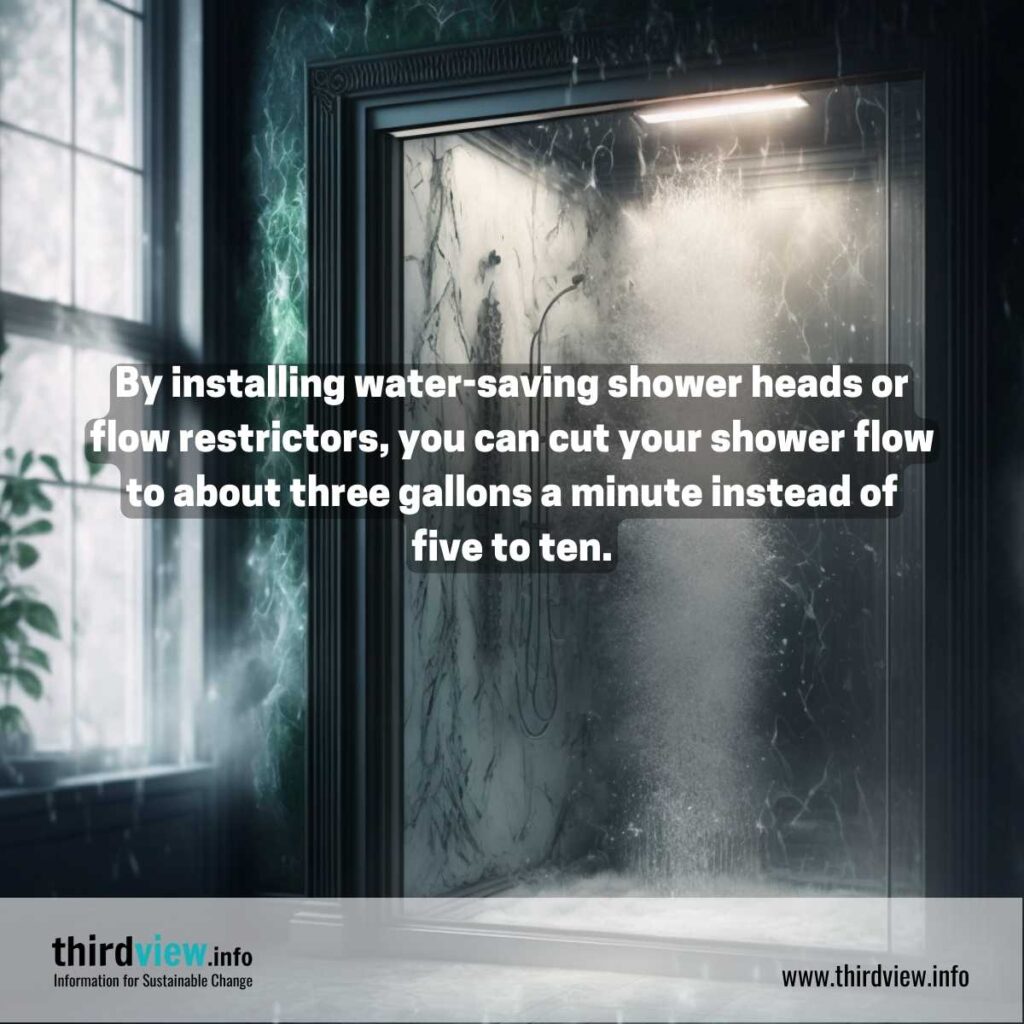The Ultimate Guide To Reclaim Waste
The Ultimate Guide To Reclaim Waste
Blog Article
The Best Guide To Reclaim Waste
Table of ContentsAll About Reclaim WasteAbout Reclaim WasteAn Unbiased View of Reclaim Waste8 Easy Facts About Reclaim Waste Explained6 Easy Facts About Reclaim Waste Described
Domestic sewer waste refers to the waste and products from a household septic storage tank. The proper management and disposal of residential sewer waste need fluid waste to be moved to a sewage treatment plant where the appropriate approaches and equipment are applied to purify and dispose of waste.
Industrial waste frequently includes prospective threats, such as combustible materials or a mix of fluid and strong waste items, and calls for a more sophisticated and thorough disposal procedure. The disposal of commercial waste usually entails the purification of waste before transportation to make sure risk-free and correct disposal. Hazardous waste is created from byproducts and runoff of industrial processes and production.
This kind of waste can not use the same sewage administration transportation or processes as septic or industrial liquids. The hazardous waste administration procedure calls for the examination and testing of fluid waste prior to it undergoes the disposal process (liquid waste disposal). Runoff waste is the liquid waste that originates from drainage and excess stormwater in very booming areas or cities
Runoff waste can create contamination and flooding if not managed correctly. Guaranteeing proper waste monitoring can avoid disasters and lower environmental harm.
Examine This Report about Reclaim Waste
Get in touch with PROS Services today to find out about our waste monitoring and disposal solutions and the correct ways to take care of the fluid waste you produce.
(https://padlet.com/leonaube33101/reclaim-waste-hw71hge954tsaxnp)Do you understand what happens to your water when you disengage, flush the toilet or drain pipes the cleaning device? No? Well, it's worth knowing. This so-called 'wastewater' is not just a vital source yet, after treatment, will certainly be released to our land, waterways or the sea. Used water from bathrooms, showers, baths, kitchen area sinks, washings and industrial procedures is referred to as wastewater.

water used to cool down equipment or clean plant and devices). see Stormwater, a kind of wastewater, is runoff that streams from farming and urban locations such as roofs, parks, yards, roadways, courses and rain gutters right into stormwater drains, after rain. Stormwater streams untreated directly to regional creeks or rivers, at some point getting to the sea.
The Main Principles Of Reclaim Waste
In Queensland, the majority of wastewater is dealt with at sewer treatment plants. Wastewater is carried from domestic or industrial sites through a system of sewage systems and pump terminals, understood as sewerage reticulation, to a sewer therapy plant.
The Department of Natural Resources advises neighborhood federal governments regarding managing, operating and maintaining sewage systems and therapy plants. In unsewered areas, city governments might call for owners to set up specific or family sewer treatment systems to treat residential wastewater from commodes, kitchens, bathrooms and washings. The Division of Natural Resources authorises the use of family systems when they are confirmed to be reliable.
The majority of stormwater obtains no treatment. In some brand-new neighborhoods, therapy of some stormwater to eliminate litter, sand and gravel has actually begun making use of gross contaminant catches. Wastewater treatment takes place in four phases: Removes strong issue. Larger solids, such as plastics and various other objects mistakenly discharged to sewage systems, are gotten rid of when wastewater is gone through screens.
Wastewater then streams right into large storage tanks where solids resolve and are removed as sludge. Oil and residue are skimmed from the surface. Utilizes little living microorganisms called micro-organisms to break down and get rid of remaining dissolved wastes and great bits. Micro-organisms and wastes are integrated in the sludge. Gets rid of nitrogen and phosphorus nutrients that could trigger algal flowers in our rivers and threaten aquatic life.
The Basic Principles Of Reclaim Waste
Nutrient removal is not offered in all sewage treatment plants because it requires pricey specialized equipment. It is coming to be extra usual in Queensland. Clear fluid effluent created after treatment may still contain disease-causing micro-organisms. If this effluent is launched right into rivers such as rivers or the sea, the micro-organisms will ultimately die out.

This usually suggests wastewater has actually to be treated or impurities eliminated before it can be released to waterways. The majority of wastewater streams into the sewage system. Under the Act, city governments provide approvals and permits for environmentally pertinent activities (Periods) including wastewater releases that may have a local influence. The department carries out approvals and permits to ERAs including wastewater releases that may have a local or statewide effect.
Some Ideas on Reclaim Waste You Need To Know
Or else, examples are considered research laboratory evaluation. Commonly numerous examinations are required to develop the degrees of each of the various pollutants such as oils, heavy metals and pesticides in water. Tracking offers accurate info regarding water top quality and can validate that permit problems are being fulfilled. The details gotten via monitoring provides the basis for making water quality decisions.
Report this page